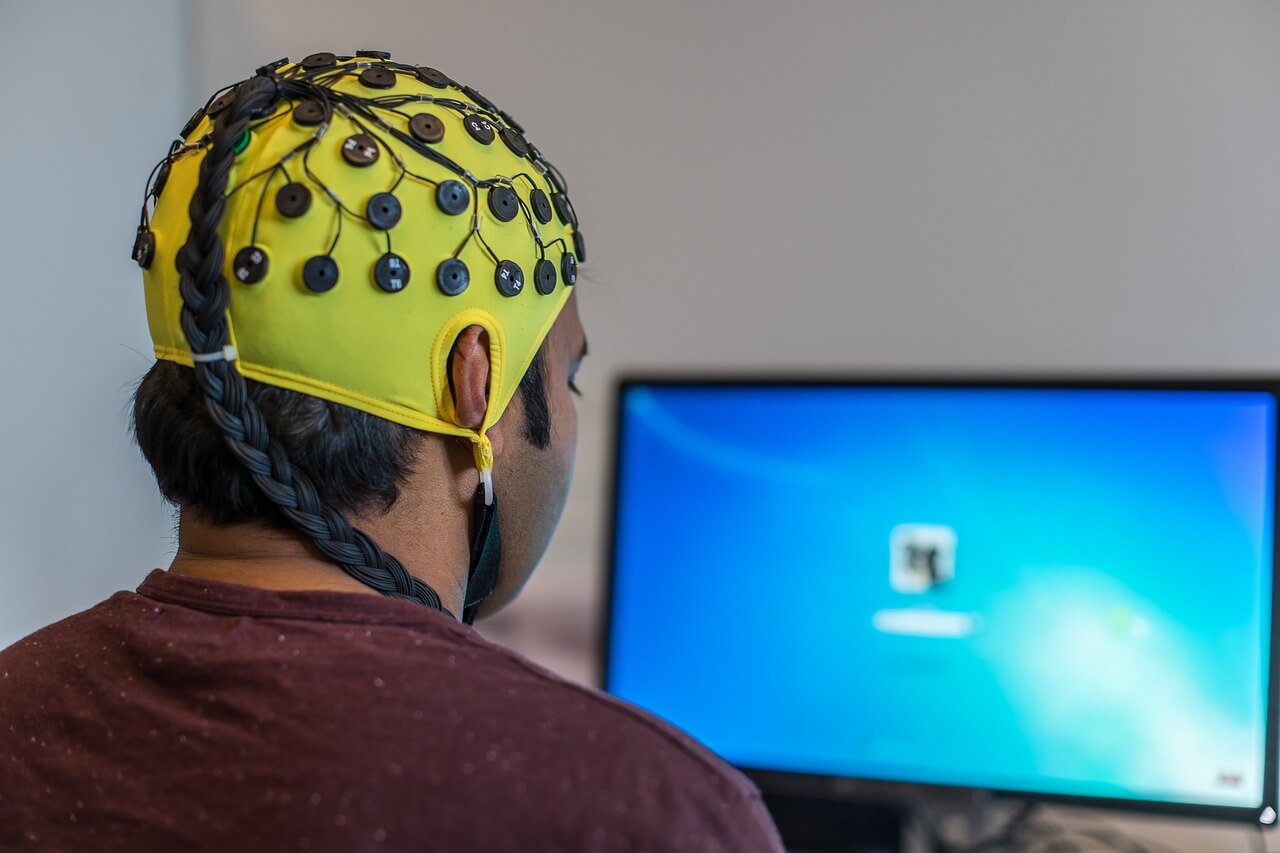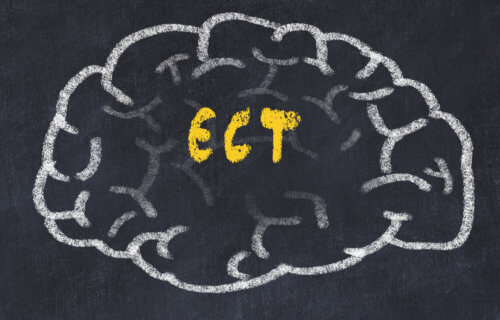SAN DIEGO — For some, electroconvulsive therapy (ECT) stirs up distressing images of patients being held against their will while receiving painful, high voltage shocks to the brain. In reality though, the treatment doesn’t have to be quite so horrifying. In fact, inducing a brief seizure in the brain via the use of controlled electricity doses has actually been proven quite effective for certain mental illnesses like depression. The question many ask, however, is why?
The exact reasons for the efficacy of ECT (formerly called “electroshock” therapy) has actually long remained a mystery to psychiatrists and scientists alike. Now, new research from University of California San Diego may finally have uncovered an explanation.
The team at UCSD propose a new hypothesis that ECT alleviates depression symptoms by increasing aperiodic activity, which is a type of electrical activity in the brain known not to follow a consistent pattern.
“We’re solving a puzzle that’s stumped scientists and doctors since electroconvulsive therapy was first developed nearly a century ago,” says first author Sydney Smith, a PhD candidate in the Voytek Lab at UCSD, in a media release. “On top of that, we’re also helping to demystify one of the most effective, yet stigmatized treatments for severe depression.”
“Stigmatized” is an understatement. Electroconvulsive therapy has a great track record, along with an equally bad reputation. The therapy is effective in up to 80 percent of patients, in most cases for depression but also occasionally for bipolar disorder or schizophrenia. Still, despite all that success, the therapy is largely associated with frightening images depicted in popular media.
“A lot of people are surprised to learn that we still use electroconvulsive therapy, but the modern procedure uses highly controlled dosages of electricity and is done under anesthesia,” Smith adds. “It really doesn’t look like what you see in movies or television.”

ECT ‘can be life-saving’
While it is generally safe and effective, ECT does have drawbacks, such as temporary confusion or cognitive impairment. It also requires multiple outpatient visits, which often creates a barrier for some people who might otherwise see its benefits.
“One of the reasons ECT isn’t more popular is that for a lot of people, it’s easier and more convenient to just take a pill,” explains senior study author Bradley Voytek, PhD, professor of cognitive science at UCSD. “However, in people for whom medications don’t work, electroconvulsive therapy can be life-saving. Understanding how it works will help us discover ways to increase the benefits while minimizing side effects.”
Study authors made use of electroencephalography (EEG) scans to study brain activity among a group of patients being given ECT therapy for depression. They were also sure to assess another similar form of treatment called magnetic seizure therapy, which works by inducing a seizure via magnets instead of electrodes. Both therapies resulted in increased aperiodic activity levels in patients’ brains post-treatment.
“Aperiodic activity is like the brain’s background noise, and for years scientists treated it that way and didn’t pay much attention to it,” Smith comments. “However, we’re now seeing that this activity actually has an important role in the brain, and we think electroconvulsive therapy helps restore this function in people with depression.”
Aperiodic activity in the brain helps to control how neurons turn on and off; our neurons are constantly playing out cycles of excitation and inhibition corresponding to different mental states. Aperiodic activity helps boost inhibitory activity in the mind, effectively slowing the brain down.
“Something we see regularly in the EEG scans of people who receive electroconvulsive or magnetic seizure therapy is a slowing pattern in the brain’s electrical activity,” Smith notes. “This pattern has gone unexplained for many years, but accounting for the inhibitory effects of aperiodic activity helps explain it. It also suggests that these two forms of therapy are causing similar effects in the brain.”
The research will go on
While these findings indicate a link between aperiodic activity and ECT benefits, researchers stress the need for further investigation in order to properly leverage these insights across clinical applications. Moving forward, they are exploring the possibility of using aperiodic activity as a metric of treatment effectiveness across other depression treatments, such as medications.
“At the end of the day, what’s most important to patients and to doctors is that the treatment works, which in the case of ECT, it does,” Prof. Voytek concludes. “However, it’s our job as scientists to dig into what’s really going on in the brain during these treatments, and continuing to answer those questions will help us find ways to make these treatments even more effective while reducing negative effects.”
The study is published in Translational Psychiatry.

Read Persig. The reason it works (in the old days) was that the patient will say and do anything to make them stop.
It hurts like being Tased through the ears.
The most important words to remember in a mental institution are “Yes doctor am feeling a little better today. I think the medication is working.”
It is the only way that you will escape.
Never, never, never tell them about the voices.